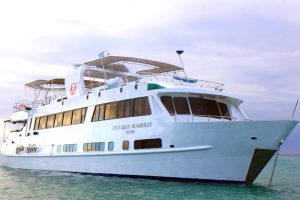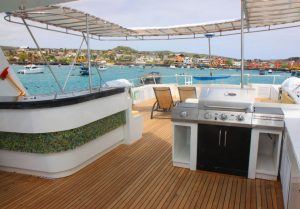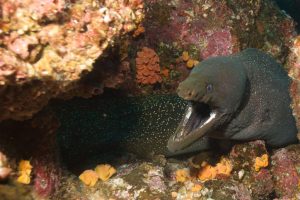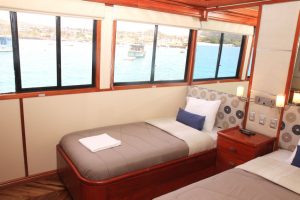Humboldt Explorer Liveaboard
Humboldt Explorer Liveaboard
Enjoy the rich biodiversity and stunning landscape of the Galapagos Island on the Humboldt Explorer. The upscale liveaboard affords all the comforts of home, with all the adventure of scuba diving through a 28,000-square-mile national park preserve.
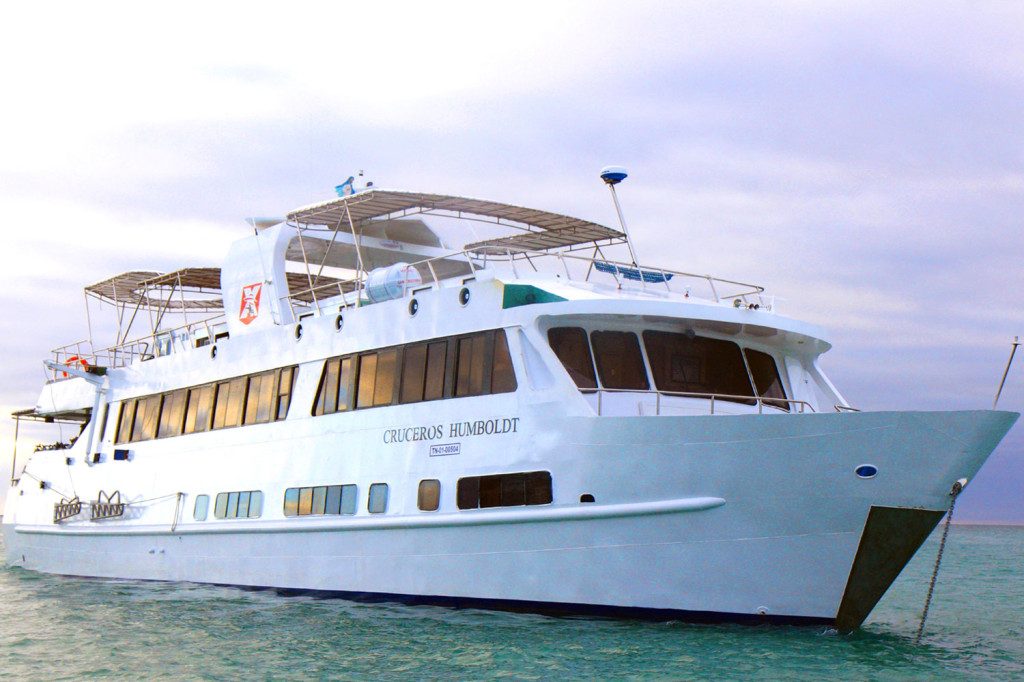
General Information
The Humboldt Explorer liveaboard accommodates 16 passengers with eight air-conditioned rooms. Each room has private a bathroom, flat screen television and ocean view. The yacht also features a partially covered sun deck with a Jacuzzi and ample seating, salon area with dining, bar and entertainment area.
There is a large dive deck onboard that includes a bathroom, large camera table with charging station, individual storage areas, rinse bins for cameras and another for gear. Humboldt Explorer’s diving operations are conducted from two large pangas (tenders), easily boarded from the yacht’s dive deck.
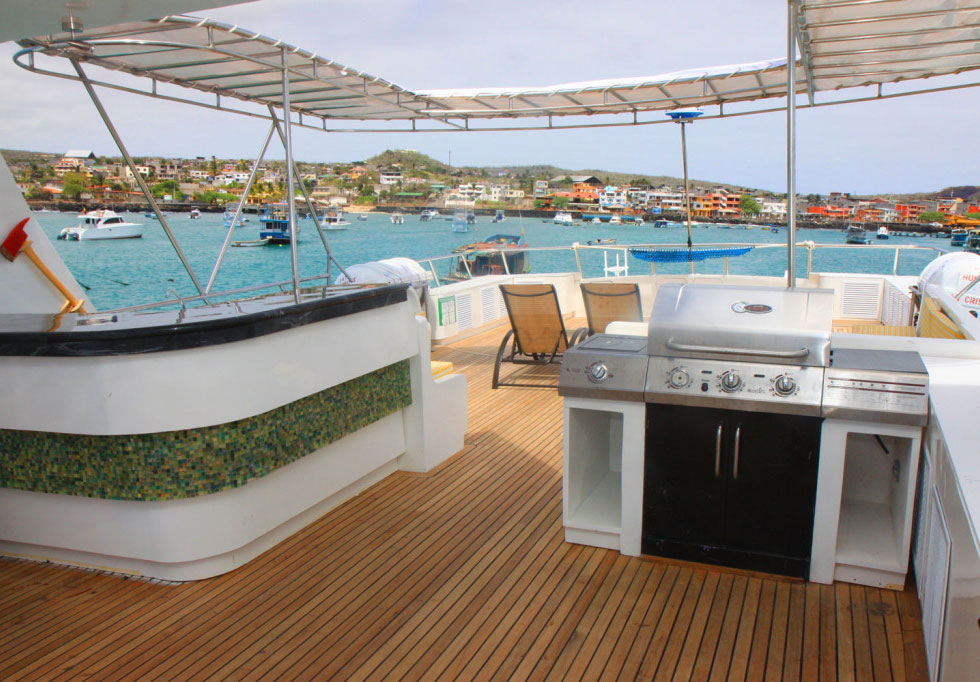
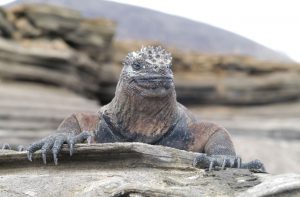
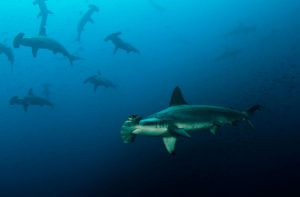
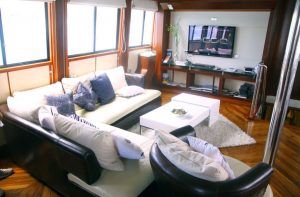
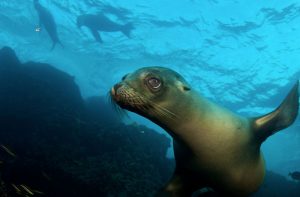
Scuba Highlights
Set sail to a magical underwater adventure on the luxurious Humboldt Explorer liveaboard. With a naturalist diving instructor and a diving instructor assistant on staff, you will experience dive sites like Cape Rosa—arguably the most beautiful of the Galapagos Islands with rock fissures and sea lions basking in the warm sun. Keep your eyes open for the occasional sea turtle or penguin fluttering by for a quick photo close-up.
Humboldt Explorer also ventures divers to the tiny Darwin Island that’s home to dive sites like The Arch, which is only accessible by liveaboard and showcases an impressive show of schooling pelagic fish, hammerheads, whale sharks and spotted eagle rays. There is no shortage of superior dive sites in the Galapagos—watch penguins at Cape Douglas, colonies of red-footed boobies, blue-footed boobies at Pitt Point.
Marine Life
Humboldt Explorer takes divers across the lush underwater topography of the Galapagos archipelago, to a truly unique blend of volcanic islands and thriving marine life. Divers will swim alongside sea lions, turtles, hammerhead sharks, white tip sharks, dolphins, whale sharks, manta rays, Galapagos sharks, and huge schools of eagle and golden Rays.
Location
Situated on the Equator, the Galapagos Islands are a cluster of volcanic islands about 600 miles west of Ecuador in the Pacific Ocean.

